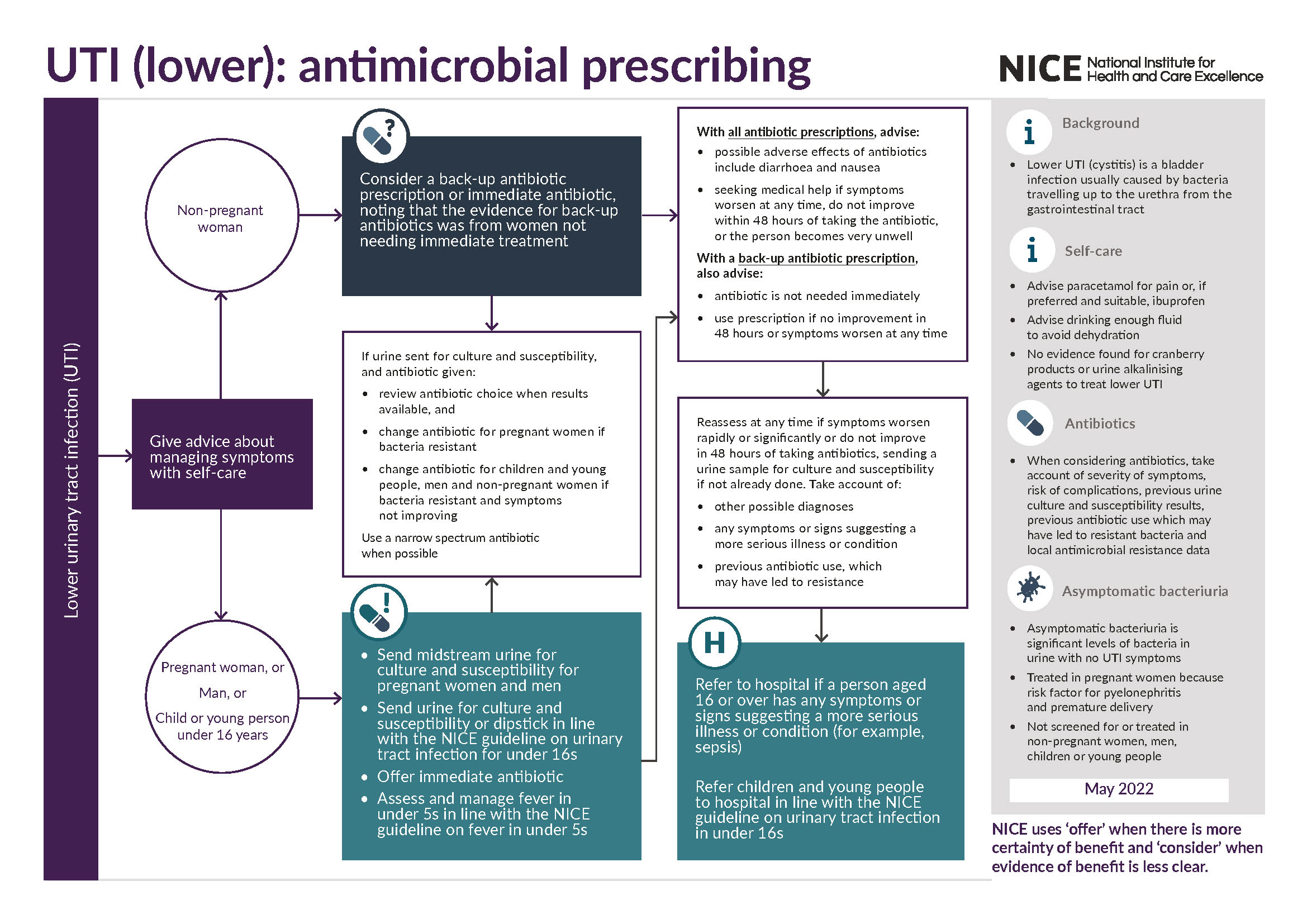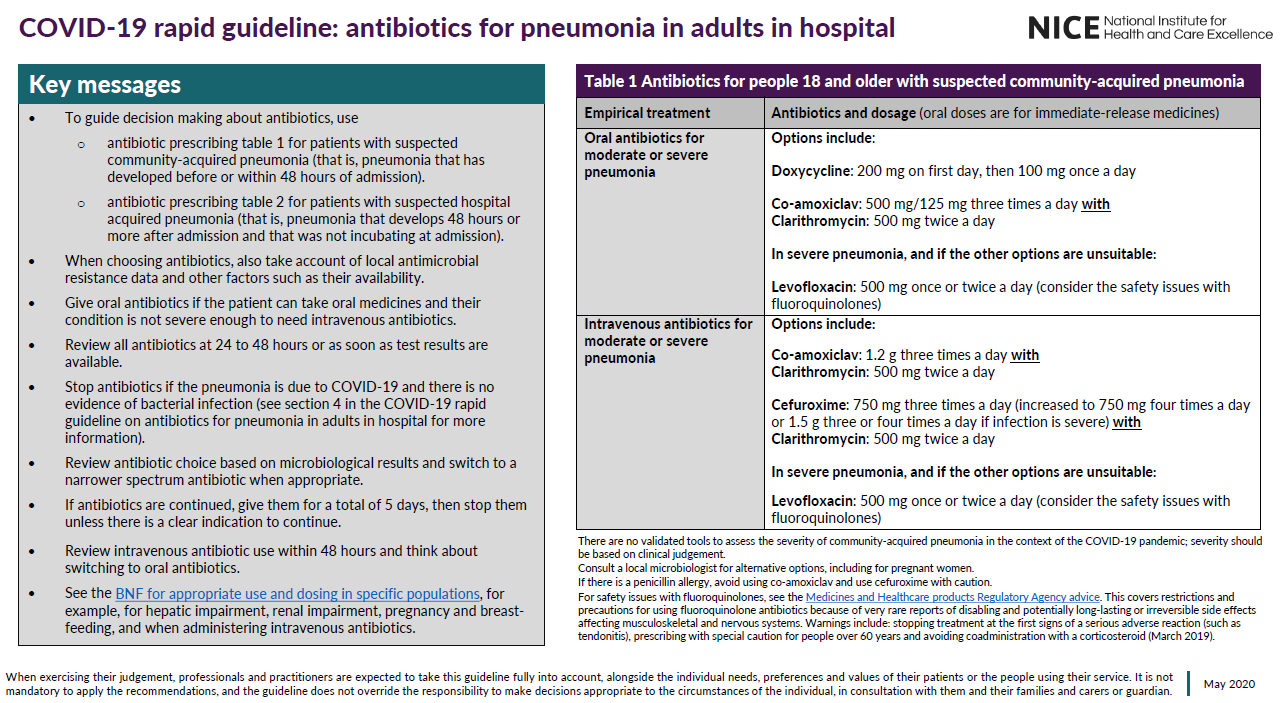Introduction
The Centre for Health Protection (CHP) has recently released new antimicrobial guidelines to help fight the growing problem of antibiotic overuse. These guidelines are important because using antibiotics too much or when they’re not needed can make bacteria stronger and harder to treat. This update is meant for healthcare workers like doctors and nurses, patients who use antibiotics, and policymakers who make health rules. By following these guidelines, we can all help keep antibiotics working when we really need them.
Background on Antibiotic Overuse
Antibiotic overuse is a big problem all over the world. When people take antibiotics for things like colds or viruses that don’t need them, bacteria can become resistant. This means the antibiotics stop working, and infections get harder to cure. In the area where the CHP works, overuse is common in both hospitals and community settings. For example, studies show that up to 50% of antibiotic prescriptions in some places are not needed. This has led to more cases of “superbugs,” which are bacteria that no medicine can kill. If we don’t act, simple infections could become deadly.

Key Features of the New Guidelines
The CHP’s new guidelines have clear rules to stop unnecessary antibiotic use. First, doctors must only prescribe antibiotics when they are sure a bacterial infection is the cause. This often means doing tests to check what’s making someone sick. Second, the guidelines stress teaching patients why antibiotics aren’t always the answer. Third, there are new steps for using antibiotics only for the right amount of time, not longer than needed. These rules aim to cut down on wrong prescriptions and make sure antibiotics are used responsibly. There are also new tips for handling common illnesses without antibiotics unless absolutely necessary.

Clinical Impact
These guidelines will change how doctors work. For example, they might run more tests before giving antibiotics to make sure they’re needed. For common issues like sore throats or minor skin infections, doctors may wait to see if the body fights the infection on its own instead of giving medicine right away. This can help patients avoid side effects from unneeded drugs and lower the chance of resistant bacteria. It can also save money for hospitals and patients by reducing extra treatments for infections that get worse.

Implementation and Training
To make sure everyone follows the new rules, the CHP is setting up training for doctors and nurses. They’re also starting campaigns to tell the public about the dangers of overusing antibiotics. Technology, like electronic health records, will help doctors track when antibiotics are used and make sure they follow the guidelines. The CHP is working with schools and health groups to spread the word and make sure everyone understands the new rules. This teamwork will help the guidelines work better.

Patient Education and Engagement
Patients need to understand these guidelines too. If they know why antibiotics aren’t always needed, they’re less likely to ask for them. The CHP is making easy-to-read brochures, short videos, and online pages to explain this. Doctors and nurses will also talk to patients about when antibiotics are right and when they’re not. For example, they might explain that a cold usually goes away on its own. Clearing up wrong ideas, like thinking antibiotics work on viruses, is a big part of this plan.

Monitoring and Evaluation
The CHP will keep track of how well the guidelines are working. They’ll collect data on how many antibiotics are prescribed and if resistant bacteria are going down. They’ll also check in regularly to update the rules if needed. Some small test studies have already been done, and early results show fewer unnecessary prescriptions in places that started using the guidelines. This kind of checking will make sure the plan stays helpful over time.
Expert Opinions
Experts are excited about these new guidelines. Dr. Lee, an infectious disease specialist, said, “These rules are a big step to protect our future. If we keep overusing antibiotics, we’ll run out of ways to treat infections.” Public health officials also think this will make the healthcare system stronger by cutting down on tough infections. Some experts worry that changing old habits will be hard for some doctors, but they believe training and support will help solve this problem.
Conclusion
The new antimicrobial guidelines from the CHP are a key tool to stop antibiotic overuse. They help doctors make better choices, protect patients, and fight resistant bacteria. Everyone can help by supporting these rules. If you’re a healthcare worker, learn the guidelines and use them. If you’re a patient, ask your doctor if antibiotics are really needed. Together, we can make sure these medicines keep working for the future.












